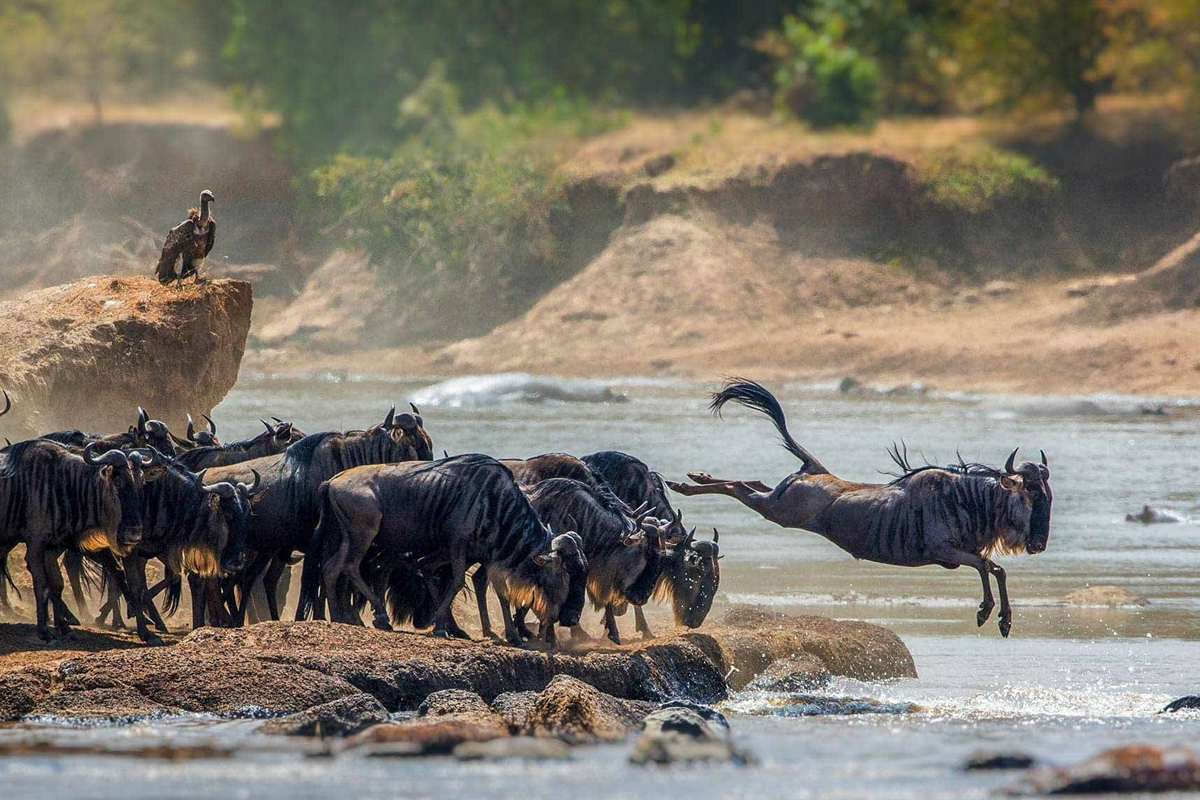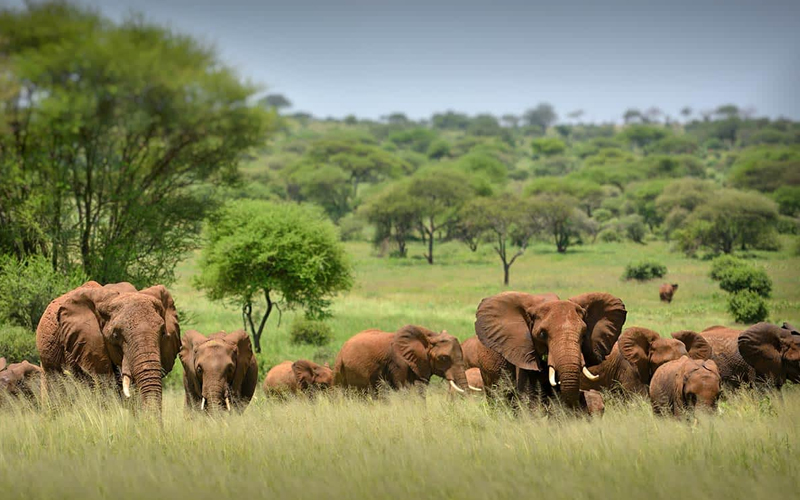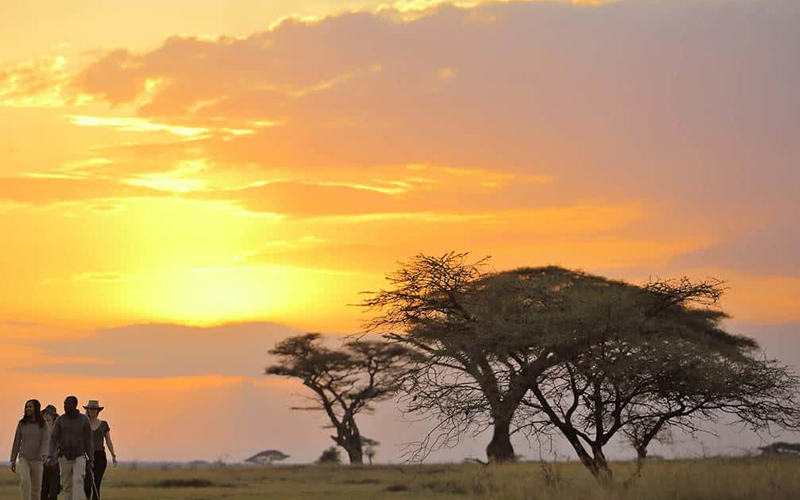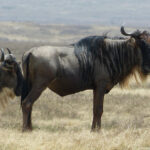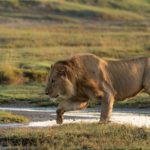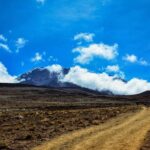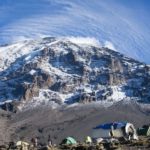Serengeti National Park, located in northern Tanzania, is one of the most famous wildlife reserves in the world. Renowned for its vast landscapes and incredible biodiversity, the Serengeti holds numerous records that highlight its significance in the world of conservation and wildlife. Here’s an overview of some of the remarkable records associated with Serengeti National Park.
Largest Migration of Wildlife
- Great Wildebeest Migration
The Serengeti is best known for the Great Wildebeest Migration, the largest mammalian migration on the planet. Each year, over 1.5 million wildebeest, along with hundreds of thousands of zebras and gazelles, undertake a grueling journey across the Serengeti and the Maasai Mara in Kenya.
- Journey of Survival: This migration covers a distance of approximately 1,800 miles and is driven by the search for fresh grazing and water. The sheer scale and endurance of this migration are unmatched, making it one of the most spectacular wildlife events globally.
- Crossing the Mara River: One of the most dramatic moments of the migration is the river crossing at the Mara River. Wildebeest and other animals face perilous crocodile-infested waters as they make their way across, creating one of nature’s most intense survival dramas.
Highest Density of Predators
- Lions
The Serengeti is home to one of the highest densities of lions in Africa. Estimates suggest that the park has over 3,000 lions, making it a critical area for lion conservation.
- Predator-Prey Dynamics: The high density of lions in the Serengeti is a result of the abundant prey, including wildebeest, zebras, and gazelles. This predator-prey dynamic is a crucial aspect of the Serengeti’s ecosystem, influencing the behavior and distribution of many species.
- Lion Research: Ongoing research and monitoring programs in the Serengeti help in understanding lion behavior, population dynamics, and conservation needs. This research contributes significantly to global lion conservation efforts.
Largest Population of Elephants
- African Elephants
Serengeti National Park boasts a significant population of African elephants, with estimates suggesting over 6,000 individuals within the park. This makes it one of the most important elephant habitats in Tanzania.
- Migration Patterns: Unlike some other regions, Serengeti elephants are known for their relatively stable home ranges within the park. However, they still undertake seasonal movements in search of food and water, contributing to the dynamic nature of the Serengeti ecosystem.
- Conservation Efforts: Efforts to protect elephants in the Serengeti include anti-poaching measures and habitat management. The park’s vast landscapes provide a critical refuge for these majestic animals.
Richest Birdlife
- Bird Species Diversity
The Serengeti is home to over 500 bird species, making it one of the richest birding destinations in Africa. This diversity includes a range of habitats, from grasslands to woodlands, each supporting different avian communities.
- Iconic Species: Notable bird species found in the Serengeti include the Secretary Bird, the Kori Bustard (one of the heaviest flying birds), and various species of vultures. The park’s birdlife attracts birdwatchers from around the world.
- Bird Migration: The Serengeti also plays a role in the migration patterns of various bird species. Many birds use the Serengeti as a stopover during their migratory journeys, adding to the park’s significance as a bird habitat.
Largest Grassland Ecosystem
- Endless Plains
The Serengeti’s vast grasslands are among the largest continuous grassland ecosystems in the world. The park’s expansive plains are a defining feature, contributing to its distinctive landscape and ecological significance.
- Ecological Importance: These grasslands support a variety of herbivores, which in turn sustain the park’s predator populations. The grasslands also play a crucial role in carbon sequestration and climate regulation.
- Seasonal Changes: The Serengeti’s grasslands undergo seasonal transformations, with lush green growth during the rainy season and dry, golden plains during the dry season. These changes impact the distribution and behavior of wildlife within the park.
Conservation Achievements
- World Heritage Site
Serengeti National Park is a UNESCO World Heritage Site, recognized for its outstanding universal value. This designation helps in securing international support for conservation efforts and ensuring the protection of the park’s unique ecosystems.
- Research and Monitoring: Ongoing research and monitoring programs in the Serengeti contribute to global conservation knowledge. The park’s scientific studies provide valuable insights into wildlife behavior, ecosystem dynamics, and conservation strategies.
- Community Involvement: Conservation efforts in the Serengeti also involve local communities. Initiatives to promote sustainable tourism and community-based conservation help in balancing the needs of wildlife and people.
Visitor Records
- Tourism Numbers
The Serengeti attracts hundreds of thousands of visitors each year, making it one of Tanzania’s most popular national parks. The influx of tourists contributes significantly to the local economy and supports conservation initiatives.
- Peak Seasons: Visitor numbers peak during the Great Migration, as tourists flock to witness the dramatic river crossings and wildlife interactions. The park’s infrastructure and services are geared to accommodate this influx of visitors while minimizing environmental impact.
- Eco-Tourism: The Serengeti promotes eco-tourism, with lodges and camps designed to blend seamlessly into the environment. This approach helps in minimizing the ecological footprint of tourism and enhances the overall visitor experience.
Serengeti National Park is not only a treasure trove of wildlife and natural beauty but also a place of extraordinary records and achievements. From the immense Great Wildebeest Migration to the highest densities of predators and rich birdlife, the park stands out as a global icon of conservation and ecological wonder. Its vast landscapes, diverse ecosystems, and remarkable wildlife continue to inspire awe and admiration. Whether you’re a wildlife enthusiast, a conservationist, or simply someone who appreciates the beauty of nature, the Serengeti offers an unparalleled experience.
FAQs
What is the best time to visit Serengeti National Park?
The best time to visit Serengeti National Park is during the dry season, from June to October, when wildlife is more concentrated around water sources and game viewing is optimal.
How can I witness the Great Wildebeest Migration?
To witness the Great Wildebeest Migration, plan your visit between June and October, when the migration is typically in the Serengeti. The Mara River crossing usually occurs between July and September.
Are there accommodation options within the Serengeti National Park?
Yes, the Serengeti offers a range of accommodation options, including luxury lodges, tented camps, and budget-friendly options. Many lodges are strategically located to provide easy access to key wildlife viewing areas.
Is Serengeti National Park safe for tourists?
Yes, Serengeti National Park is generally safe for tourists. However, it’s important to follow park regulations and guidelines, travel with reputable tour operators, and take standard safety precautions.
What are the conservation efforts in Serengeti National Park?
Conservation efforts in Serengeti National Park include anti-poaching measures, habitat management, community-based conservation programs, and scientific research. These initiatives aim to protect wildlife and preserve the park’s unique ecosystems.
For a well-rounded Tanzanian adventure, explore the following highlights on our site:
- Arusha National Park
- Climbing Kilimanjaro
- Kilimanjaro Climb Packing List
- Kilimanjaro FAQs
- Cultural Tour
- Day Trips Tours
- Lake Manyara National Park
Visit our page for detailed information and tips to make the most of your Tanzanian journey.

